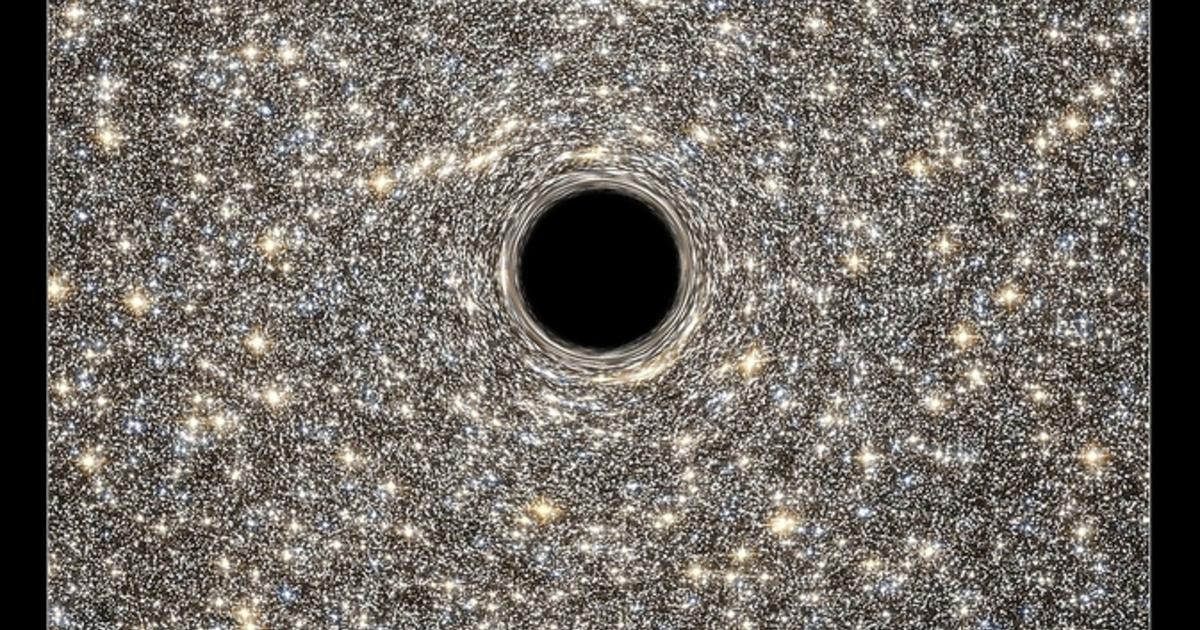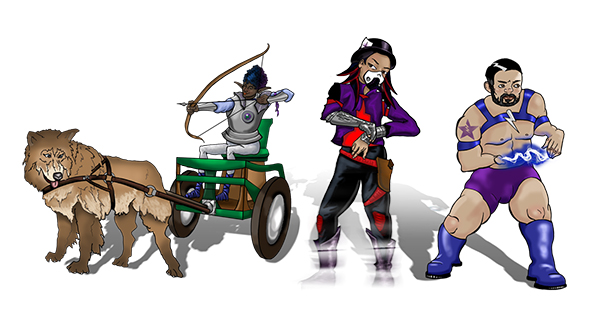

It showcases how LGBTQ people go through all sorts of milestones - and deserve to see themselves experiencing them on-screen.Ĭhasing Amy didn't do the most to advocate for LGBTQ people – in fact, the characterization of Alyssa has been written in history as terrible lesbian representation.īut Alyssa was not a lesbian. Tully is not a queer story per se, but one of a woman who happens to be queer. Rather than a promiscuous sex pistol, in Tully, Theron portrays a bi character seldom investigated on the big screen (although small-screen bisexual parents have been fan favorites, such as Sara Ramirez’s Callie Torres on Grey’s Anatomy and Amy Landecker’s Sara Pfefferman on Transparent). She imagines her younger self, who bears her maiden name, Tully, coming to rescue her from her boredom and inadequacies. Her husband is pseudo-involved, her 5-year-old son struggles with undiagnosed emotional problems, and days before delivery she ran into the love who ruled her long-gone 20s: another woman. Theron embodies Marlo, an exhausted mother who just gave birth to her third (and unplanned) child. They recover from something most straight couples can't in a declaration that even in the face of heteronormativity, family endures.Īsserting that although she has had an affair with a man, she’s not straight, Jules is an ambitious woman who is searching for empowerment in a relationship, regardless of gender.Īlthough some would say that Atomic Blonde gives Charlize Theron her best bisexual role, the sexy assassin is not nearly as groundbreaking as this suburban siren.

In the end, going down the path that centers men brings her home to her wife. In a stunning exploration of marriage and parenting that is comparable to the representation straight people get all the time, Jules has a sexual relationship with the most hurtful choice of partner possible: the man who gave her children, which her wife cannot. Julianne Moore is razor-sharp as she portrays the messiness of having an affair with the couple’s sperm donor. One of the best was complicated, insecure Jules, a bisexual housewife who is married to a lesbian obstetrician. The two vipers are immensely loving and loyal (even if it's only to each other.) In his portrayal, you get two great forms of representation for the price of one.Īs arguably the most accomplished film about queer women created by a queer woman, Lisa Cholodenko's, The Kids Are All Right got so many levels of representation on point. Not only does Oberyn represent the bisexual community, but his romance with Ellaria Sand also demonstrates a healthy polyamorous relationship. Even in the barbaric world of Westeros, bisexuality is less taboo than in most parts of America. His prominence and promiscuity precede him, yet no one dismisses him as a heathen. Gender aside, Oberyn never apologizes for his sexuality, nor is he judged for it. In fact, machismo is what brings his end, not being "afraid to admit he's gay," as a stereotype would claim. While bisexual men are often perceived as less than masculine on and off the screen, Oberyn is lethal, confident, and on the prowl. A fiercely loyal, honorable, and powerful man, Oberyn is everything you can ask for in terms of bi representation. "When it comes to war I fight for Dorne, when it comes to love - I don't choose sides," Oberyn declares when revealing his bisexuality in a Westeros brothel. No matter what direction their arcs go in, here are characters we're glad go both ways. Each made this list because they broke perceptions of what being bisexual can be. Some are benevolent, some are bad, some are despicable. Here are the most momentous bisexual characters to grace the bog and small screens. However, there are some shining examples of representation in which bisexual people are as rich and complicated on the screen as they are in real life.

Most bi viewers grow up without a single character they can be inspired by, let alone relate to. Looking at Hollywood, it's easy to understand why.īisexual people are nearly invisible in movies and television, and when they are on-screen, they are drowning in stereotypes. (The University of California, Los Angeles's Williams Institute found that 40 percent of the LGBTQ community is bisexual, meaning there are more bi people than gays, lesbians, or trans people.) Yet according to the Pew Research Center, bi people are less likely to leave the closet (only 28 percent are out as compared to 77 percent of gay men and 71 percent of lesbians). This is a strange reality because the largest proportion of LGBTQ people are Bs. In 2018, of 329 LGBTQ characters on television, only 28 percent of them were bisexual, according to GLAAD.


 0 kommentar(er)
0 kommentar(er)
